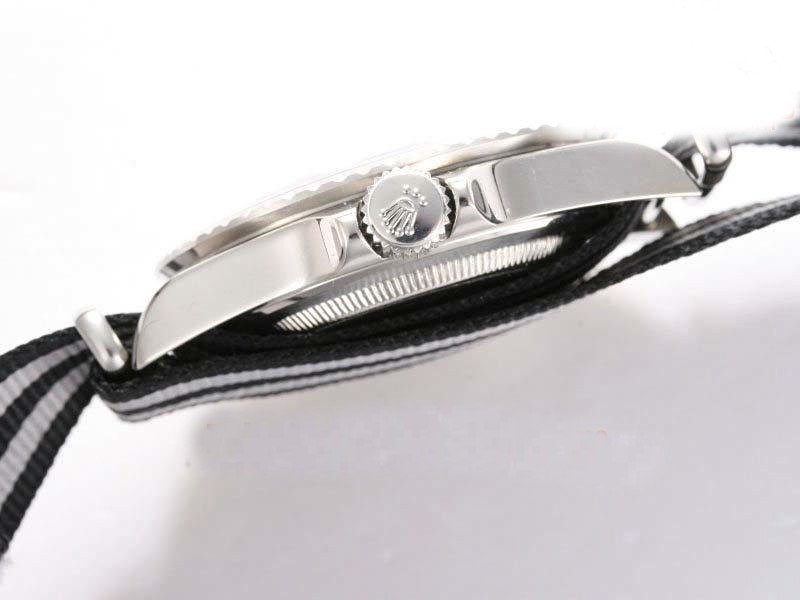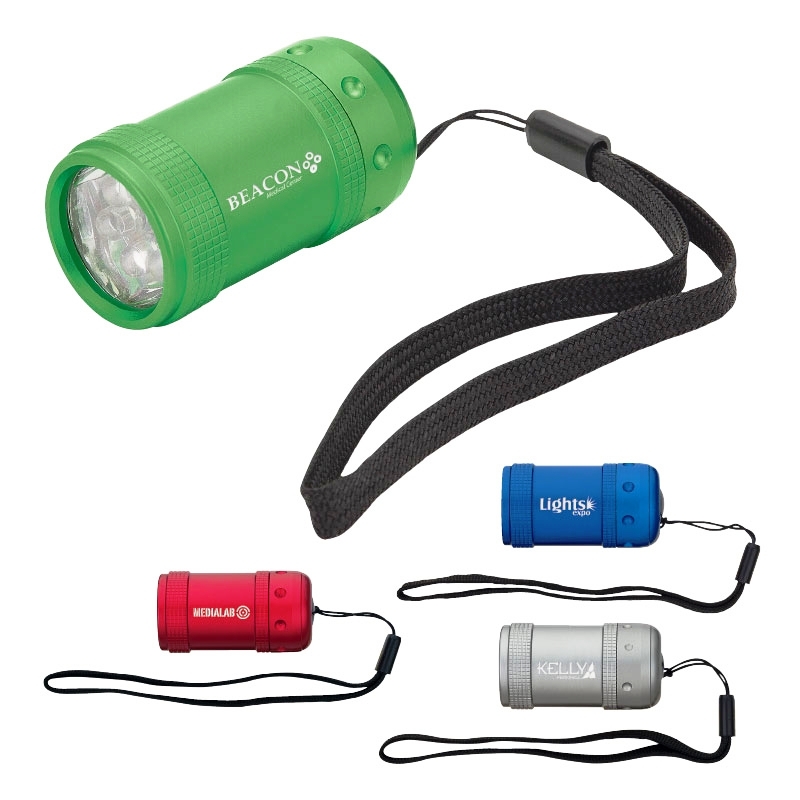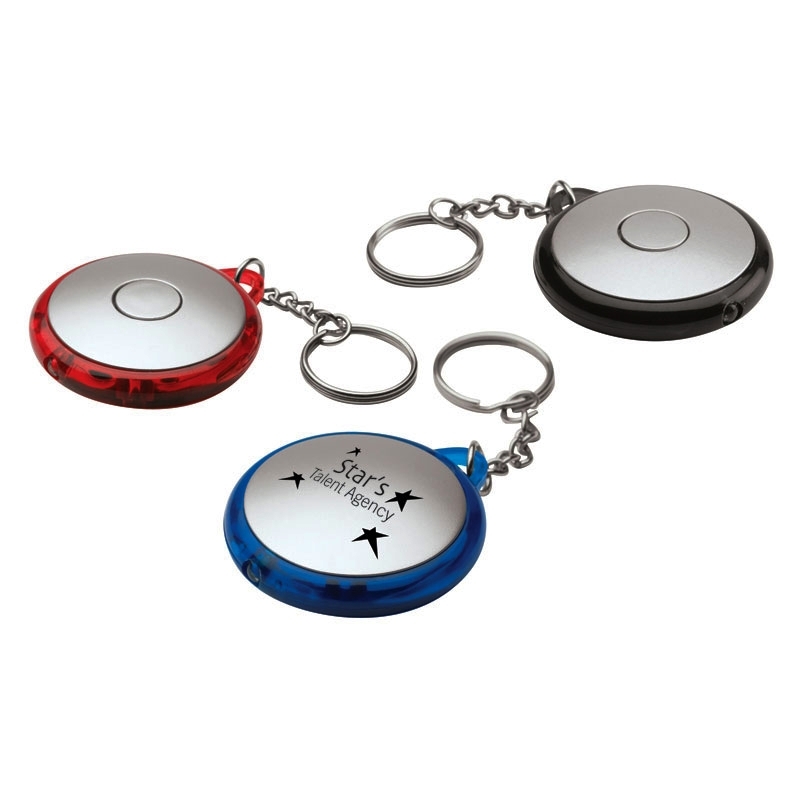
Located in Richmond Upon Thames in London, England, the Kew Observatory known as the King’s Observatory doesn’t open to the public any more, only through the closest that you can get to it, but just a glimpse through high metal gates.
During its heyday, the Kew Observatory was a hub of activity. It was built in 1769 for King George III to visit the passage of Venus across the face of the sun. In the following century, the building was used as the National Physical Laboratory, mainly for testing replica watch movements and this is where the Kew Observatory was so essential in the history of Rolex.
Marine chronometers had played an important role in marine navigation because they could help find a ship’s position by way of celestial navigation. Invented by John Harrison in 1761, the marine chronometer became the gold standard in precision timekeeping. Actually, marine chronometers were significantly important to the rise of the United Kingdom’s Royal Navy, which was the world’s strongest navy from the mid-18th century until WWII.
In the first ten years of the 20th century, pocket watches and marine chronometers dominate the precision department. At that time, a reliable and accurate watch was nowhere to find. To give legitimacy to wristwatches, Rolex’s founder, Hans Wilsdorf embarked on a chronometer certificates mission.
Acquiring the Kew A certificate in 1914 was no doubt an important milestone for fake Rolex. However, that piece not only housed a specifically designed movement, but it was also a ladies’ watch. Since then, Rolex had attained Kew certifications for serially produced movements. Overall, the goal was to position the brand that capable of producing chronometric fake watches for men and women on a bigger scale.
According to the author and Rolex historian, James M. Dowling, Rolex produced 145 movements over four years (the late 1940s – early 1950s) to submit to Kew testing. Only 9 of them failed to pass, and the remaining 136 watches all won the Kew “Class A” certificate. The author claims that in these 136 Rolex watches, there were 112 steel Speedking models in man-size and 24 larger 18k gold models. Featured with “KEW “A” CERTIFICATE” text on their dials, these extremely rare vintage Rolex watches are rarely seen out in the wild.
Nowadays, Rolex replica watches are famously chronometer-certified by the COSC in Switzerland, in addition to Rolex’s more strict, in-house ‘Superlative Chronometer’ inspection. However, it’s important to remember that the English Kew Observatory was an early and significant stepping-stone in Rolex’s lifelong quest to make the most accurate mechanical watches possible.

